Would you like fries with that?
The infamous example of upselling is not just for fast food establishments. It has its place in every restaurant, but how do you do it without looking like a washed out car’s salesman?
There is an art to it. Knowing the art can be one of the things that helps your restaurant to thrive. It is an obvious way to make more money, but you do not want to do so at the expense of the customer’s enjoyment.
The old expression in the restaurant business certainly holds true here: “If you have a great dining experience you may tell your close family and maybe a couple of people at work that you had a great dinner last night. If you have a bad meal/service/experience you will make a point of telling everyone you know how bad it was.”
Striking the balance between not enough upselling and too much upselling is the key. Consider this article Upselling 101:

Flickr Image, https://flic.kr/p/7aDwE
1) Create a dialogue rather than a sales pitch. Ordering at a restaurant can sound like a set script. “May I take your order?” “The specials of the day are…” It is the server comfort zone, which is also predictable to the customer.
Ted Rubin, Acting CMO of Brand Innovators says, “Most often we don’t even pay attention to who we are talking to other than via the data we collect (and even that’s a maybe). In order to fix this and really start to benefit from social relationships (both as individuals and as companies), we need to start looking people in the eye. We don’t need to fit our world to social, we need to fit social to our world.”
How does this apply to you in the restaurant?
Look your customer in the eye. Improvise (with respect of course). Talk to your customer, rather than talking at your customer.
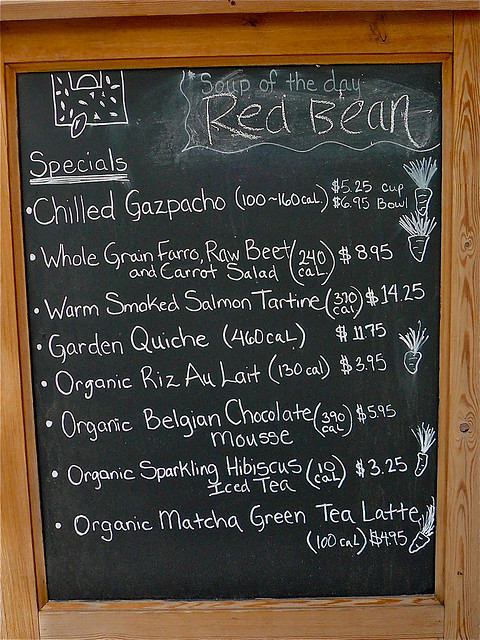
Flickr Image, https://flic.kr/p/6vYLeq
2) Give the customer enticing options. In an article entitled “The 20 Most Annoying Things Waiters Do in Restaurants” upselling made the list. Author Chris Schonberger got specific: “when servers try to play you for a fool and recommend only the most expensive dishes and wines on the menu.” Be honest about what is delightful on your menu and describe it in detail.
Buzztime recommends setting some time aside with staff to create mock scenarios. Would you believe what they were selling or do they sound inauthentic? In addition, don’t underestimate the power of upselling on social media: a beautiful food photograph can go a long way.

Flickr Image, https://flic.kr/p/mTHgZc
3) Add onto an existing choice with evocative language. It is imperative that the wait staff is knowledgeable about the menu. They should sample food and drink items on a regular basis, especially if there is a new menu item or special. Cynthia Meyers with Demand Media stresses the importance of knowing what you are selling.
The customer does not want to hear that “everything’s good.” For example, if there is the option of calamari on the side, it is possible to mention that casually or say, “The calamari is crispy and fresh and a house specialty.” This can make all the difference in persuasion. It is the difference between mouth-watering language and rushed communication.
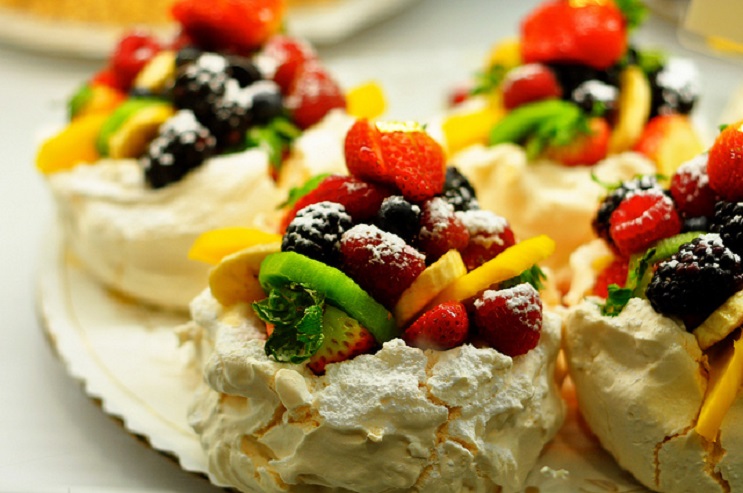
Flickr Image, https://flic.kr/p/99rUjV
4) Get descriptive in between courses. A customer who starts with a main could be upsold the dessert. A customer that is already lingering on appetizers can learn which entrée is a beautiful pairing. It is easy to say no to the question, “Would you like dessert?”
HCareers has wonderful suggestions for how to upsell, including bringing along a dessert menu, even if it is not requested. It’s never just a piece of chocolate cake. It is a dessert that is unique to you. It is a five-layer cake with ganache filling. You can also let them know that there is a limited quantity available and ask they would like you to set one aside. VIP indeed.
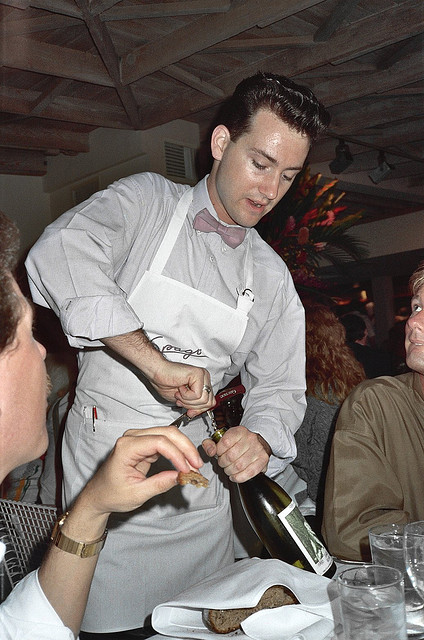
Flickr Image, https://flic.kr/p/4bp5wW
5) Appeal to your customer’s taste buds and personality. Customers don’t come in a one size fits all model. Some want to design their own dishes. Some come into the restaurant having read the menu on your website, knowing full well what they would like to order.
Carey Business School Dean, Bernard Ferrari says, “You need to listen to lead.” If your client is watching their waistline, this may not be the time to pitch the mac and cheese. Let your choices for them be as individual as they are.

Flickr Image, https://flic.kr/p/mTHn3B
6) Keep your pitches to 1 or 2 to keep from aggravating the customer. It is just as important to know when to pull back when it comes to upselling. Too much too quickly makes it look like you are seeing the customer in terms of dollars and cents.
Upselling in moderation is extremely useful. After all, most things in life are better in moderation than in excess. WooThemes writes: “Upselling too hard, or too persistently, can make the customer feel like you’re trying to bleed them dry. And vampirism is never a desirable quality.” Touché.
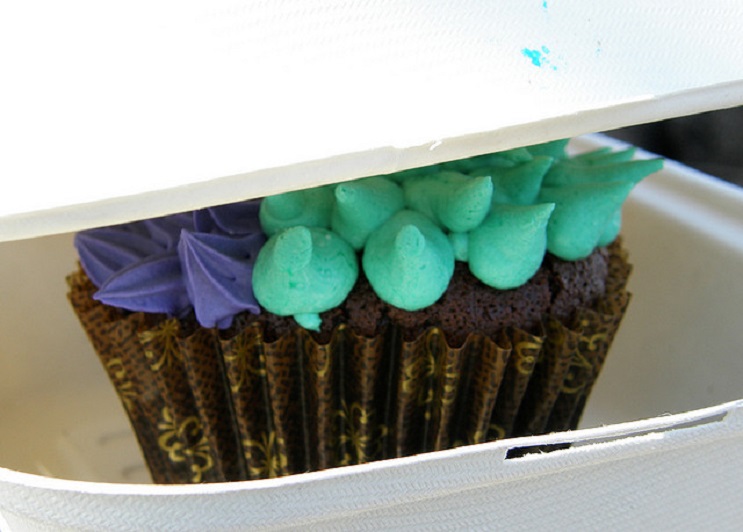
Flickr Image, https://flic.kr/p/4Cf4DN
7) Mention takeout as an option. They are stuffed. They are finished. No, the cheesecake does not sound delicious. BuzzTimeBusiness suggests: “Maybe your customers are too full to eat dessert right now, but they can order it and bring it home for later.” It might also make for an exceptional breakfast.
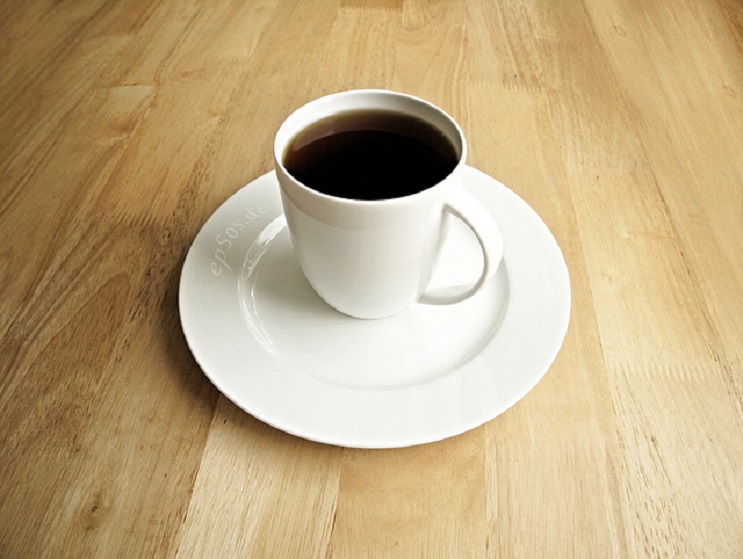
Flickr Image, https://flic.kr/p/dkwVr7
8) Downsell if the upsell wasn’t successful the first time around. The customer does not want the sweet end to the meal that you have suggested. You can, however, suggest smaller plates of lower priced items. Who can resist trying small portions of a variety of desserts? Many restaurants offer shot glass or mason jar desserts which translate as “just a taste.” If even that is off the table, then a coffee or a digestive liquor may go down nicely.
No one likes being “sold” to but everyone likes receiving suggestions of what they may enjoy. It just requires a little finesse. USA Today columnist Steve Strauss writes: “Ideally, upselling works in a casual, friendly-suggestion sort of way. Upselling is not hard selling. They are very different things.”
Have you mastered the art of the upsell?


